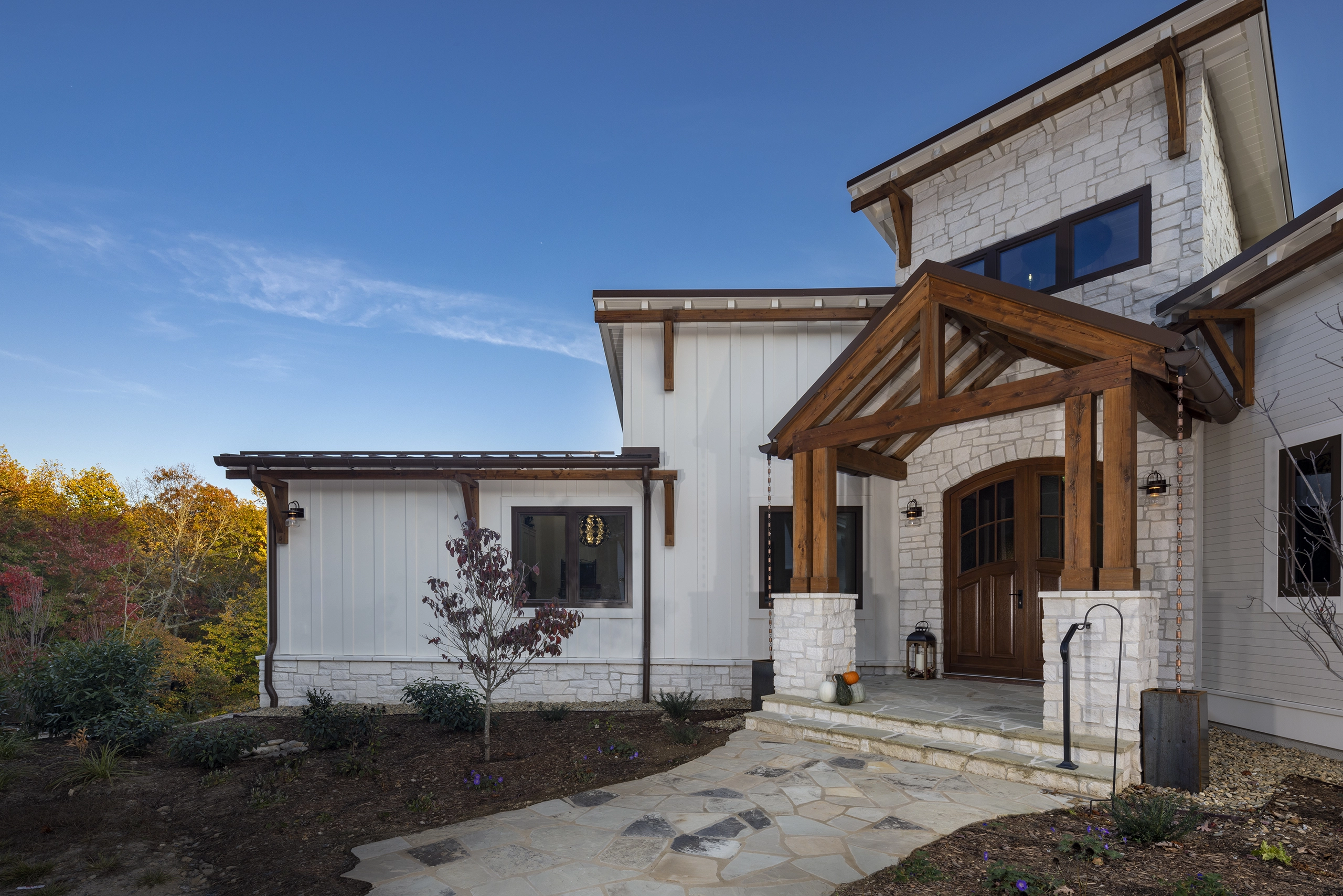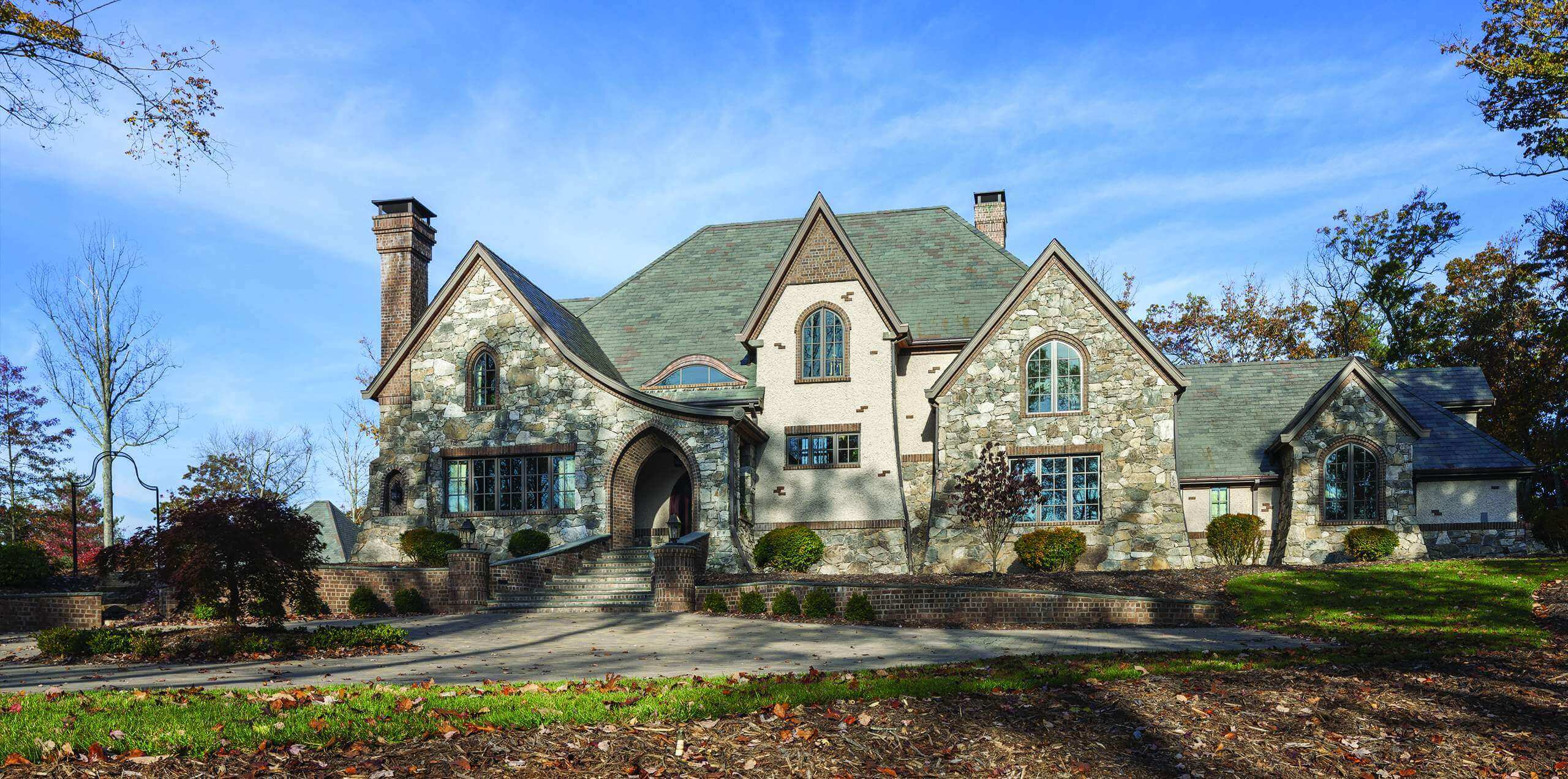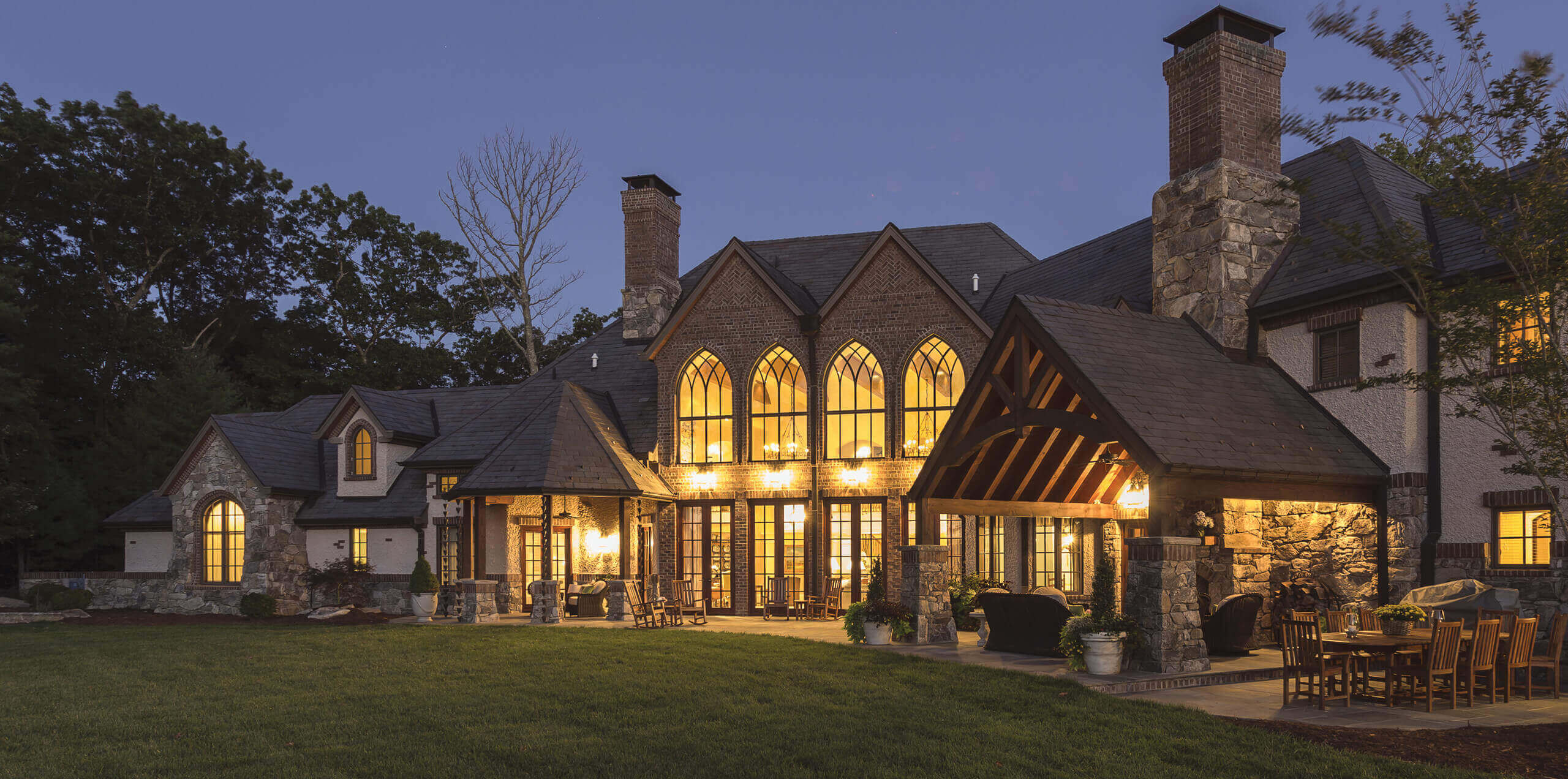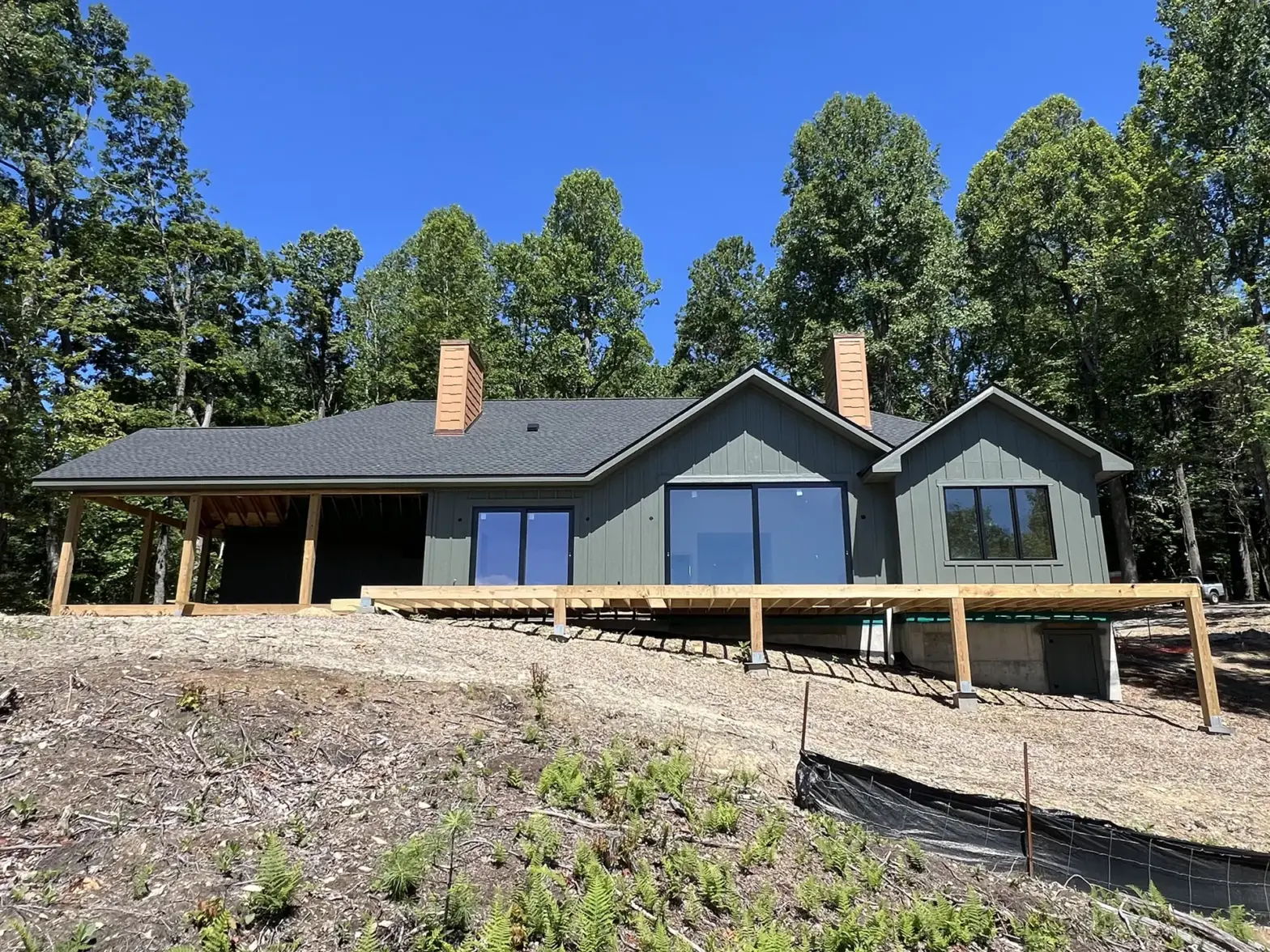In an era where climate change is an ever-pressing concern, reducing your carbon footprint is more important than ever. One of the most effective ways to do this is by investing in a green home. Green homes are designed with sustainability in mind, incorporating various eco-friendly features and practices that minimize environmental impact. Here’s how you can reduce your carbon footprint with a green home.
- Energy-Efficient Appliances and Systems
One of the primary ways to reduce your carbon footprint is by using energy-efficient appliances and systems. Look for ENERGY STAR-rated appliances, which consume less electricity and water compared to traditional models. Additionally, consider installing energy-efficient HVAC systems, water heaters, and lighting. These upgrades not only reduce energy consumption but also lower your utility bills. - Renewable Energy Sources
Harnessing renewable energy is a cornerstone of green home design. Solar panels, wind turbines, and geothermal systems can provide clean, renewable energy to power your home. Solar panels are particularly popular, as they can be installed on rooftops and generate significant amounts of electricity, often enough to sell excess power back to the grid. - Sustainable Building Materials
Using sustainable building materials is another crucial aspect of reducing your carbon footprint. Opt for materials that are recycled, reclaimed, or sourced sustainably. Bamboo, reclaimed wood, recycled metal, and low-VOC (volatile organic compounds) paints are excellent choices. These materials not only reduce the environmental impact of construction but also improve indoor air quality. - Water Conservation
Water conservation is essential in a green home. Install low-flow faucets, showerheads, and toilets to reduce water usage. Rainwater harvesting systems can collect and store rainwater for irrigation and other non-potable uses. Additionally, consider landscaping with native plants that require less water and are more resilient to local climate conditions. - Proper Insulation and Ventilation
Proper insulation and ventilation play a significant role in maintaining a comfortable and energy-efficient home. High-quality insulation in walls, roofs, and floors helps keep your home warm in the winter and cool in the summer, reducing the need for heating and cooling. Proper ventilation ensures good air circulation, reducing the risk of mold and improving indoor air quality. - Smart Home Technology
Incorporating smart home technology can further enhance the energy efficiency of your green home. Smart thermostats, lighting systems, and appliances can be programmed to operate only when needed, reducing energy waste. These systems can also provide valuable data on your energy usage, helping you identify areas for further improvement. - Waste Reduction and Recycling
Reducing waste and promoting recycling are vital components of a green home. During construction, aim to minimize waste by planning carefully and using prefabricated components where possible. Set up a comprehensive recycling system in your home to manage household waste effectively. Composting organic waste is another great way to reduce landfill impact and create nutrient-rich soil for your garden. - Sustainable Landscaping
Sustainable landscaping practices can significantly reduce your home’s carbon footprint. Use drought-resistant plants, native species, and efficient irrigation systems to minimize water usage. Creating green spaces like gardens and green roofs can also help absorb CO2 and provide a habitat for local wildlife. - Transportation Solutions
Consider transportation solutions that complement your green home. If possible, install an electric vehicle (EV) charging station to encourage the use of electric cars. Additionally, living in a walkable community or near public transportation can further reduce your overall carbon footprint. - Educate and Inspire
Finally, one of the most impactful ways to reduce your carbon footprint is by educating others and inspiring them to adopt sustainable practices. Share your experiences and knowledge with neighbors, friends, and family. Advocate for green building practices in your community and support policies that promote sustainability.
Conclusion:
Reducing your carbon footprint with a green home is not only beneficial for the environment but also for your health and finances. By implementing these strategies, you can create a sustainable living space that conserves resources, reduces waste, and promotes a healthier lifestyle. Investing in a green home is a powerful step towards a more sustainable future for all.















